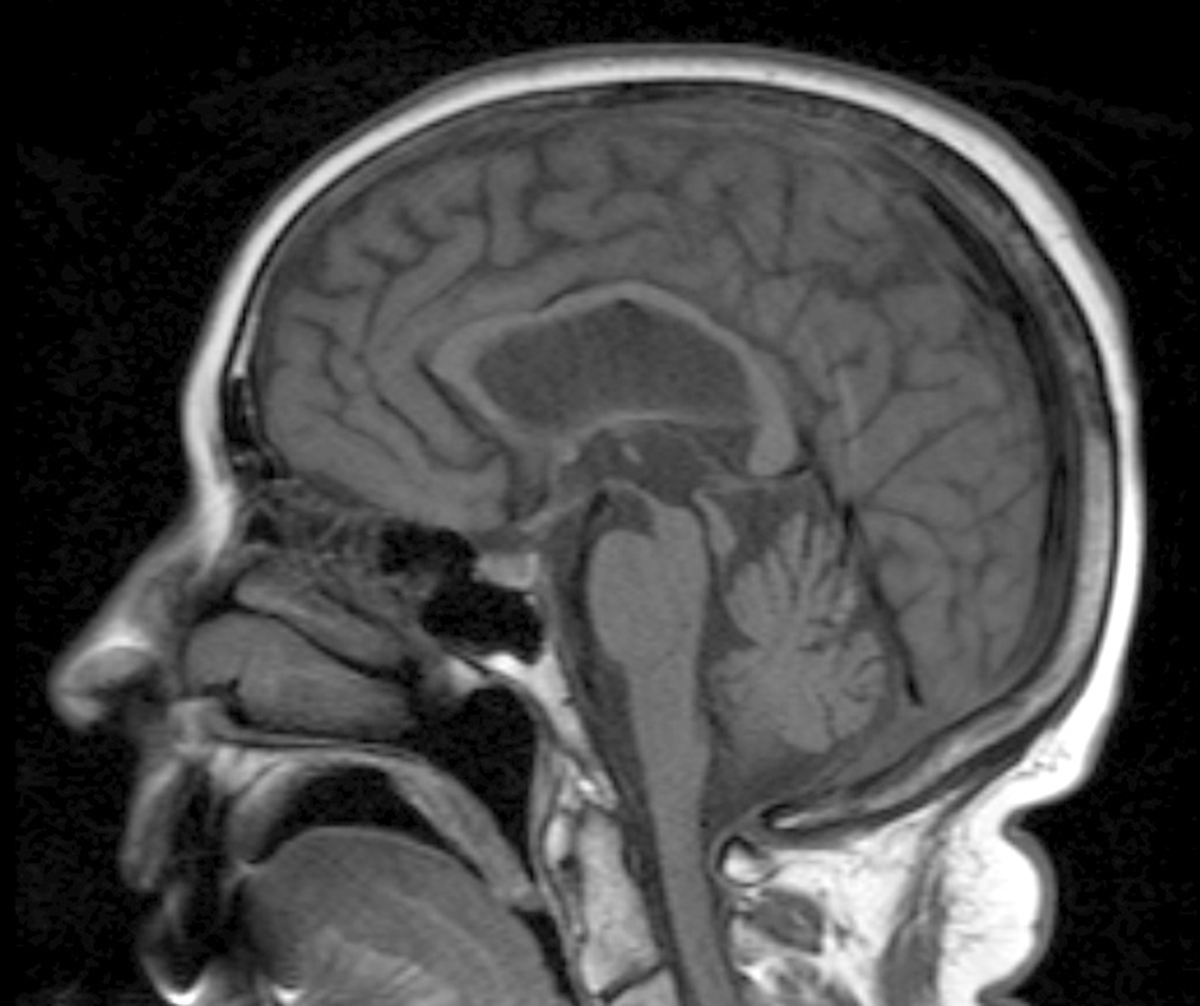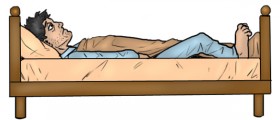
Nystagmus is a medical condition that features with involuntary, jerky movements of the eyeballs. The movements of the eyeballs are repetitive and they simply cannot be controlled. Nystagmus may be congenital or acquired. Nystagmus may affect one or both eyeballs. The intensity of movements may vary as well as the pattern of the movements. According to the pattern nystagmus can be classified into several types.
Congenital Nystagmus
Congenital nystagmus is more common than the acquired form of the disease. Many studies have shown that congenital nystagmus occurs as a consequence of improper connection between the eyes and brain or inadequate functioning of pathway that links the eye to the brain.
Congenital nystagmus is either insular or accompanies other medical conditions. This type of nystagmus is basically mild and tends not to progress in time. Congenital nystagmus may be idiopathic or occur as a symptom of many illnesses such as albinism, aniridia, Leber's congenital amaurosis, bilateral optic nerve hypoplasia and bilateral congenital cataracts. It is also a characteristic of Rod monochromatism, optic nerve or macular disease, persistent tunica vasculosa lentis, Noonan syndrome, visuo- motor syndrome of functional lentis, nystagmus blockage syndrome and X-linked infantile nystagmus.
Acquired Nystagmus
Acquired nystagmus occurs later in life and it is a consequence of some other medical condition. Acquired nystagmus may develop due to a variety of illnesses such as head trauma, stroke, Ménière's disease, multiple sclerosis, brain tumors etc. Acquired nystagmus may be also a consequence of intoxication or metabolic imbalances including alcohol intoxication, intake of high doses of many drugs such as barbiturate, lithium etc. Furthermore, it affects people suffering from Wernicke's encelopathy and thiamine deficiency.
Treatment for Nystagmus
The treatment for nystagmus depends of the type of nystagmus. This condition is generally considered incurable. However, there are some methods which can cause reduction in eye movement. Better vision can be achieved with eye glasses or contact lenses. Some patients are administered Botox injections. The Botox is injected into the ocular muscles and the goal of the treatment is to reduce involuntary eye movements hence reduce the amplitude of nystagmus. The effects of Botox injections last approximately two to three months and the treatment must be repeated. In some patients biofeedback is used and it may help them learn to control the eye movements. Surgery for nystagmus includes repositioning of the eye muscles which is usually effective in reduction of jerky eye movements. And finally, some patients may benefit from acupuncture and vision therapy.










-In-Infants-And-Older-Children_f_280x120.jpg)






Your thoughts on this
Loading...